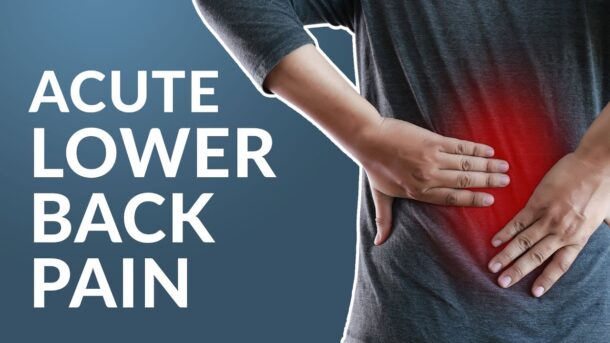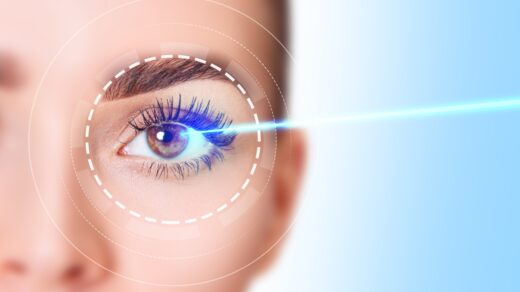What is Acute Lower Back Pain? Symptoms You Can’t Ignore
Acute lower back pain—defined as pain lasting less than 3 months—often strikes suddenly due to muscle strains, poor posture, or minor injuries. Symptoms include:
- 🔥 Burning, stabbing, or dull aches in the lower back.
- 🚫 Stiffness that limits bending or twisting.
- ⚡ Radiating pain or numbness into the legs/feet (possible sciatica).
- 💔 Difficulty standing upright or walking.
Ignoring acute pain risks progression to chronic back pain. Follow these 5 science-backed steps for quick relief:
1. Rest Strategically (But Don’t Overdo It!)
- First 48 hours: Avoid heavy lifting, twisting, or high-impact exercise to reduce inflammation.
- After 72 hours: Gradually resume light activity (e.g., short walks) to prevent muscle stiffness.
- ❌ Never bed-rest longer than 2 days—studies show it slows recovery.
2. Ice vs. Heat: Timing is Critical
- ❄️ Ice packs (wrapped in a towel) applied for 15–20 minutes every 2 hours for the first 48–72 hours reduce swelling and numb sharp pain.
- 🔥 Switch to heat therapy (heating pad or warm bath) after 3 days to relax tense muscles and improve blood flow.
3. Over-the-Counter Pain Relief
- NSAIDs like ibuprofen (Advil) tackle both pain and inflammation.
- Acetaminophen (Tylenol) eases pain but doesn’t reduce swelling.
- ⚠️ Consult a doctor if pain persists beyond 5 days or worsens.
4. Fix Your Sleeping Position
- 🛌 Fetal position: Sleep on your side with a pillow between knees to align hips.
- 🌙 Back sleepers: Place a cushion under your knees to relieve lumbar pressure.
- 🚫 Avoid stomach sleeping—it strains your neck and lower back.
5. When to See a Doctor Immediately
While most acute back pain resolves in 1–2 weeks, urgent care is needed if you experience:
- 🚨 Loss of bladder/bowel control (cauda equina syndrome).
- 💥 Severe leg weakness or numbness (signs of nerve compression).
- 🔥 Fever, unexplained weight loss, or pain lasting >2 weeks (could indicate infection or systemic disease).
A doctor may prescribe physical therapy, muscle relaxants, or imaging (X-ray/MRI) to rule out fractures, herniated discs, or kidney stones.



